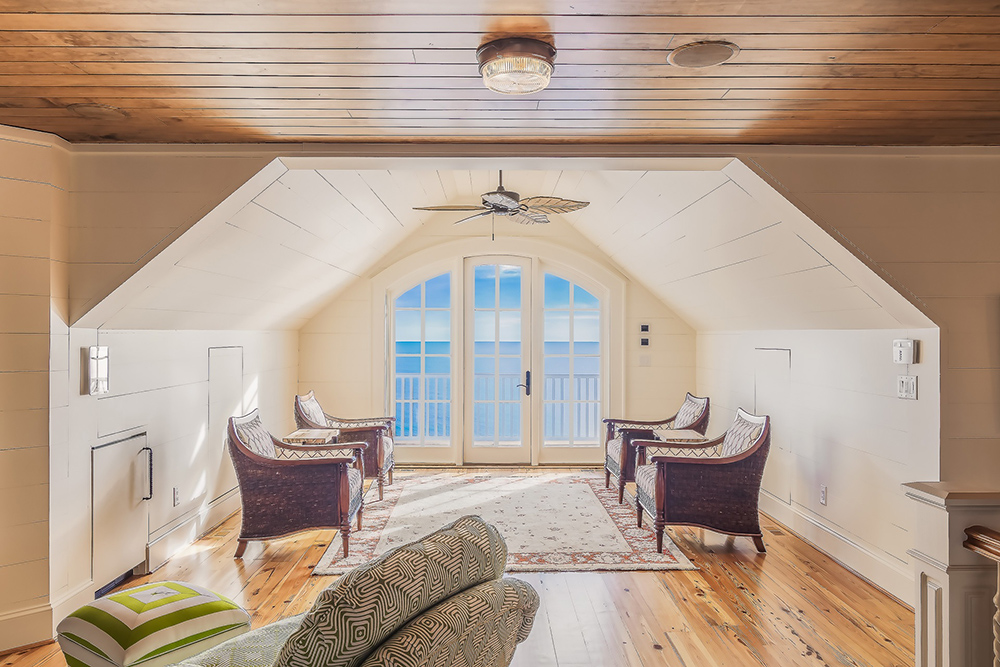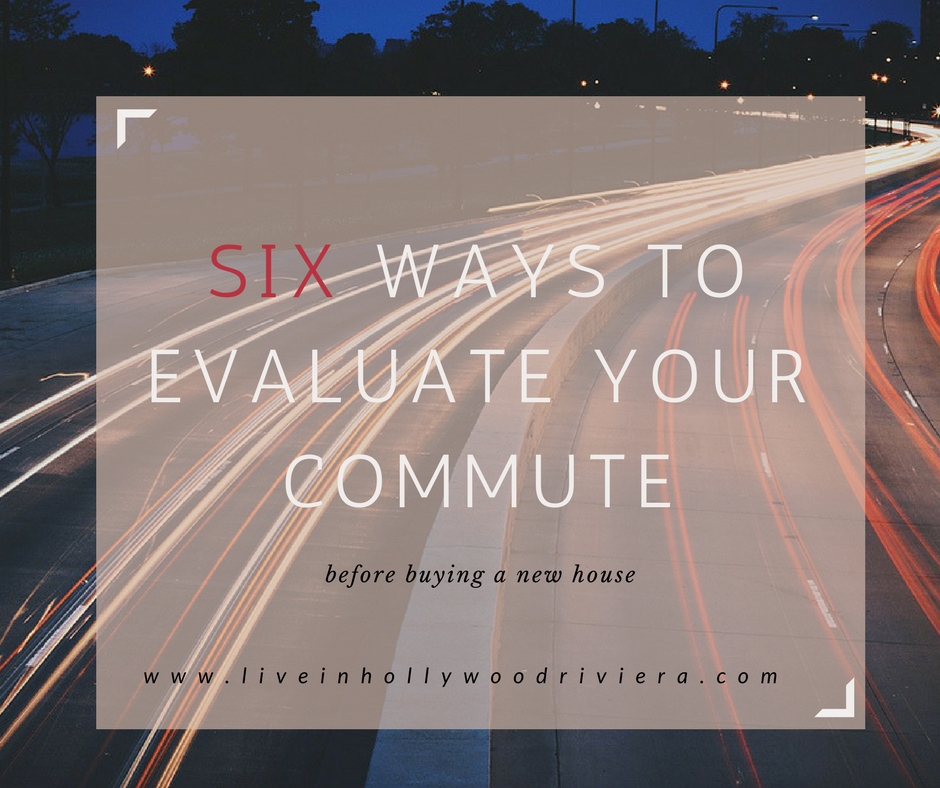Author: Igor Nastaskin
Four Ways Every Homebuyer Can Save on Title Insurance
You’ve found your dream home, made an offer and applied for a mortgage. But have you given any thought to the cost of title insurance? This all-important policy usually is purchased as part of closing costs and defends buyers and lenders from future property ownership claims, surprise liens and other potentially costly complications with property titles. It can be costly, however, with the fees running about 1 percent of the loan amount. Here, RISMedia offers four ways to cut the cost of a title insurance policy. 1. Shop around for the best deal Title insurance involves a two-part process. First, a search of a property’s title history is conducted to look for errors or problems with the deed. Then, an insurance policy is underwritten to protect the buyer if any issues are discovered. In several states, insurance providers are allowed to set their own prices, which means the insurance premiums can vary widely. Homebuyers won’t know which title companies offer the best rates unless they shop around. A good place to start comparison-shopping is the website of the American Land Title Association (alta.org), which provides a search engine based on geography. Another option is to ask an independent attorney for help in understanding local regulations, costs involved and insurance company recommendations. 2. Negotiate the add-on fees In states where insurance is highly regulated, title insurers don’t have much wiggle room on their rates. So, homebuyers won’t find much difference in premiums from one company to another. However, in nearly all cases, extra fees are part of the transaction when you buy a title insurance policy. These add-on expenses include mail and courier charges, copy fees, and costs for searches and certificates—and these charges can be negotiable, even when the insurance premiums are not. Experts say you often can reduce these costs simply by calling the title insurance company and asking to have some of the fees removed. 3, Ask for the ‘simultaneous issue rate’ Homebuyers purchase title insurance to protect themselves. Meanwhile, their mortgage company likely will require that a separate insurance policy be issued in the lender’s name. It is typically the borrower’s responsibility to pay for both. Although the two insurance policies are independent of one other, borrowers can buy them together and save as part of the ‘simultaneous issue rate.’ As a result, the total title cost for both policies is usually a lot less than if they were purchased independent of each other. Always be sure to ask for this discount. 4. Ask the seller to pay for your policy When a local real estate market favors buyers over sellers, homebuyers may have the confidence to ask sellers to pay for title insurance. That used to be an unusual request; however, in a buyer’s market, sellers are motivated and may be more willing to negotiate. However, don’t lose sight of the overall goal, which is to close the sale. There are many other concessions buyers can ask for in a deal—such as a reduced purchase price or a home warranty—that save even more money than having the seller pay for title insurance.
Four Types of Loans That Affect How Much Mortgage You Can Afford
Different types of debt can boost your credit score. However, over-borrowing can hurt your chances of securing a mortgage. When you’re shopping for a mortgage, your credit score is a really big deal; it can make or break your mortgage approval and ultimately determine whether you are able to buy a home. But before you analyze your credit score, it’s important to look at how your existing debt affects that score. Debt comes in two types: secured and unsecured. When you borrow money to buy a house, the bank can take back the house to recoup its money if you don’t pay the debt. That means the debt is secured—it’s balanced against something you want to keep and gives the bank some measure of security that it can recover the money it lent you. Unsecured debt, on the other hand, means the bank can’t reclaim what you’re buying with the borrowed money. (Credit card debt and student loans are unsecured.) Here, Trulia shows the four key consumer loans that affect how much you can afford in different ways, as well as steps you can take to improve your credit if you have these loans (or are considering them), so you can qualify for the best mortgage rates available. 1. Student loans Student loans are unsecured debt, but they’re not necessarily bad for your credit score if you pay your bills on time. Because they often take decades to pay off, student loans can actually help your score. Likewise, other loans held (and paid consistently) over a long period raise your score. Student loans will figure into your overall debt-to-income ratio, though, so a large student loan or other loan might affect your ability to qualify for (and afford) a mortgage. 2. Auto loans Auto loans are secured debt, because the lender can repossess the car if you don’t pay up. In some cases, auto loans raise your credit score by diversifying the types of debt you carry. And because auto loans are harder to get than credit cards, some mortgage lenders may look favorably on you because you’ve already been approved for a loan that wasn’t a slam-dunk. 3. Payday loans Payday loans don’t usually show up on your credit report. But if you default on the loan, it could ding your credit. These loans are unsecured—the lender doesn’t have any collateral—and their interest rates are often exorbitant. 4. Existing mortgage loans Mortgages are the classic example of a secured debt, because the bank has the ultimate collateral—a piece of property. Mortgages, when paid on time, are great for your credit score. However, missed payments on previous mortgages will make your new lender nervous. If you already have a mortgage and are applying for a second one, the new lender will want to be sure you can afford to pay both bills every month, so they will look closely at your debt-to-income ratio. If your second mortgage is for a rental property, you may expect the rental income to count toward the income side of the equation. However, most lenders won’t count rental income until you’ve been a landlord for two years. Until then, you’ll have to qualify for any additional mortgages by using documented income from other sources.
Seven Signs You’ll Make a Huge Profit When Flipping a House
Flipping a house successfully depends largely on picking the right place at the right time—which is why veteran flippers keep a mental checklist to help steer them toward homes that are primed to reap a profit. Here, Realtor.com offers seven signs that real estate investors look for when choosing a house to flip. 1. It’s in a neighborhood where homes sell fast One of the first clues that a house is flip-worthy is that it’s in an area where homes sell quickly. Every extra month you own the house means you’re on the hook for more mortgage payments and maintenance costs. Fast-moving markets generally mean these overheads won’t last long. On a national level, Realtor.com data shows that homes remain on the market for 62 days on average. Yet, in a hot area such as San Francisco, homes typically sell in 25 days; in slow markets such as Albany, N.Y., it will take 81 days. 2. The house meets the 70 percent rule For a flip to be worth your time, effort and money, you should make between 10 percent to 30 percent return on your investment. To determine your potential return, see if the flip meets the 70 percent rule. Can the house be bought for 70 percent of what it will be worth once fixed up, minus any needed repairs, closing costs and real estate agent fees? For example, if you can buy a house for $110,000 and fix it up for $30,000, you’ll want to sell it for around $200,000 for it to be worth your while. 3. You can price the house right To get a ballpark figure for how much you can sell a house for once it’s fixed up, one safe rule of thumb is to check the median home price for that market. In Parma Heights, Ohio, the median sales price is $117,000, while at the other end of the range in Manhattan, N.Y., buyers expect to pay $1 million. Of course, this presumes your home is typical in terms of size and number of rooms. 4. The property has more than one bedroom Don’t buy a one-bedroom house to flip, because most homebuyers are looking for two bedrooms and more. Anything smaller will minimize the demand at resale. Another flip-worthy must is a functional floor plan. For example, you shouldn’t have to go through a bedroom to get to the kitchen. 5. The needed repairs are mostly cosmetic The physical condition of the home should be fair and correctable without draining your bank account—including a kitchen or bathroom renovation or installing new flooring. Repairs that should give you pause include foundation and structural issues. Tackling these two issues can destroy a renovation budget with overages and stretch the time frame of the flip. 6. Understand what scares home buyers Most homebuyers touring an open house can deal with a lime-colored wall they need to repaint or one outdated appliance. What many buyers can’t handle, however, are intimidating and pricey projects like replacing an old furnace (which will cost around $4,000), putting on a new roof ($3,000 to $10,000), electrical upgrades ($1,500 and up) or plumbing issues ($1,000 to $10,000). Not only do these issues spook homebuyers, but they also could make the home difficult to finance with lender money. 7. The neighborhood itself doesn’t need flipping People don’t just live in a house, but they live in the surrounding area as well. A potential flip should be in a good neighborhood with access to transportation and amenities such as parks. Perhaps the biggest indicator of a flip-worthy home is the quality of the schools.
HOA Basics: What to Know Before You Buy
Before signing on the dotted line for your new home, make sure you know what your homeowner’s association fees are and what they cover. Because most new planned communities have HOAs whether you’re buying a detached home, condo or townhome, factoring in that added cost is a necessary part of your home-buying budget. Depending on the amenities, HOA fees can be a big bite out of the budget. Monthly fees typically range from $150 on the very low end up to $850. What does that payment cover each month? That depends on where you live. The most basic HOAs maintain the common areas of a community. That can be landscaping, but it can also include a recreation center, a pool and walking trails. The general rule is, the more amenities, the higher the fees. Some high-end condominium complexes have everything from concierges to 24-hour security, as well as fitness centers, spas, saunas and conference rooms. Associations in a condominium or townhome complex will cover most things outside the individual units, such as the roof, paint, elevators, heating and air conditioning in common areas, and pest control. The HOA also should have insurance for the exterior of the building. City services, such as trash removal, water and sewage, also are commonly covered by HOAs and, oftentimes, cable services will be included with the fees. The dues in planned, single-family-home communities often include security in gated communities. In addition to maintenance and amenities, HOAs also have rules, called covenants, conditions and restrictions (CC&Rs) that all homeowners must follow. That can be anything from how many cats you can own and what color you paint your house to whether your kids can play in the street or you can have a boat in the driveway. HOAs are responsible for enforcing these rules and often pay a professional property management company to communicate with the homeowners and make sure everyone is in compliance. Property management companies also are responsible for the community’s day-to-day operations and maintenance. Be aware that HOAs are able to levy special assessments for major repairs, if needed. Before buying a home, research these three key elements: 1. Financial health of the HOA Make sure the HOA is properly funded. Request a copy of financials available to homeowners. Check out how often dues have been increased through the years. 2. Maintenance responsibility What is the HOA’s responsibility and what is the homeowner’s responsibility? 3. CC&Rs Understand the rules before you buy. The more you know, the easier it is to make the right decision.
How an Offer Letter Can You Help Get the Home You Want
After finding a real estate agent and throwing yourself into your housing search—familiarizing yourself with different neighborhoods and working out a budget to decide what home you could afford—you’ve finally found your dream home. Unfortunately, the asking price is a little out of reach. Don’t let that deter you. Try accompanying your offer with a personal letter to the seller. Here are some helpful tips to remember when it comes to creating a letter that not only comes from your heart and connects with the seller, but also expresses a sincere sense of excitement for owning the home. Begin with an appropriate salutation Use “Hello” or “Greetings,” and always try to include the seller’s name, if possible. Being polite and respectful can set the tone for a friendly start. Keep it short and sweet Your letter should be no longer than three-four paragraphs long. If it’s too lengthy, you can lose the seller’s interest. Begin with an introductory paragraph and end with a paragraph summary to leave the seller with a great lasting impression of who could be living in their home. Use good grammar A letter that is grammatically correct will capture the reader’s attention—just as a bad one can kill a deal by irritating the seller. Use complete sentences and try to avoid slang or inappropriate terms. Express your strengths Place yourself in a good light. Consider the features or characteristics make you stand out as a “special” person. Are you community-minded? Do you volunteer your time to a charity? However, always remember to be genuine and humble. Add plenty of personality Express your true inner feelings, emotions, and excitement. Your sincerity and authenticity will shine through. Tell the seller why you love the home and neighborhood Select your favorite place in the home and explain why you appreciate it so much. Buyers also often choose a home based on the surrounding neighborhood, so expressing what you enjoy about the neighborhood in a few words is another good way to connect with the seller. Build a strong connection Emphasizing commonalities will enable the sellers to see a little of themselves in your family. When touring the home, be sure to notice any shared interests—schools, sports, etc.—and then use those interests to connect with them. Tout your financial stability A solid career or a young and up-and-coming professional with a bright and promising future should help catch the seller’s eye. Also, don’t forget to include a pre-qualification letter with your package. Envision yourself in the home This is an excellent element for the closing paragraph. For example, if you’re a young couple, tell them how excited you are to raise your family there and to spend many years sharing good times and making memories. Say thank you Don’t forget to show the seller how grateful you are for the opportunity to possibly own their home. Last…but not least Never mention offers you have lost, and try not to appear too desperate or pushy.








